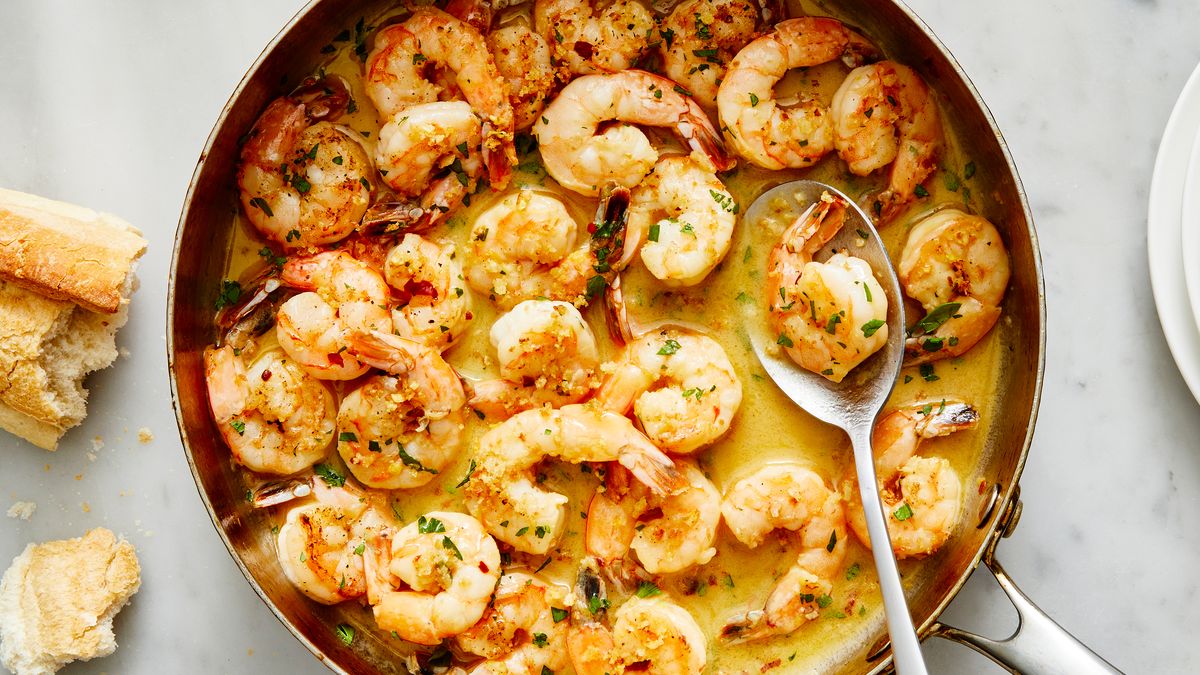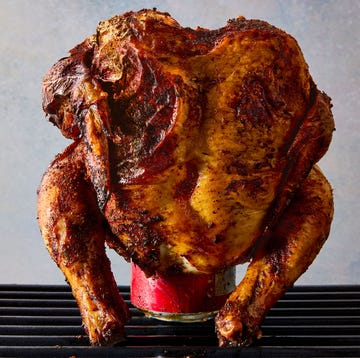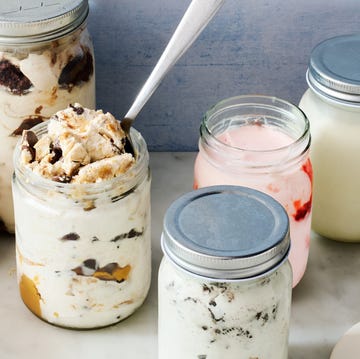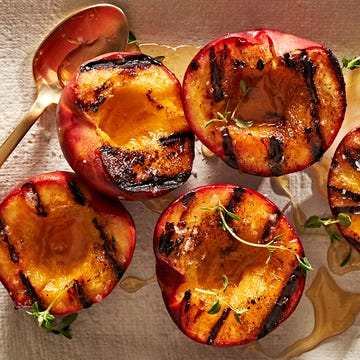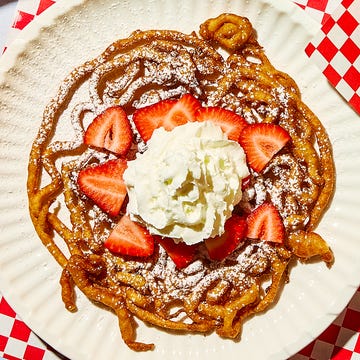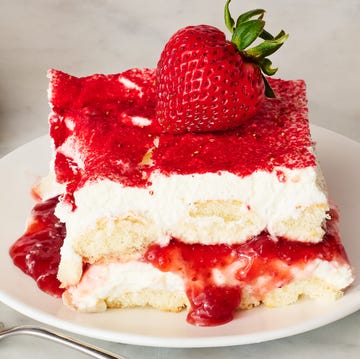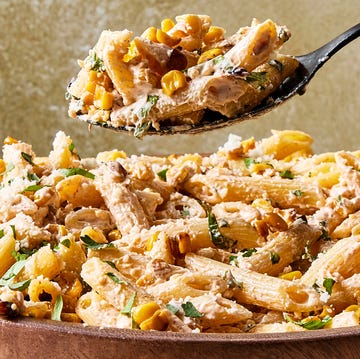Fear Not! Tips for Cooking Intimidating Foods
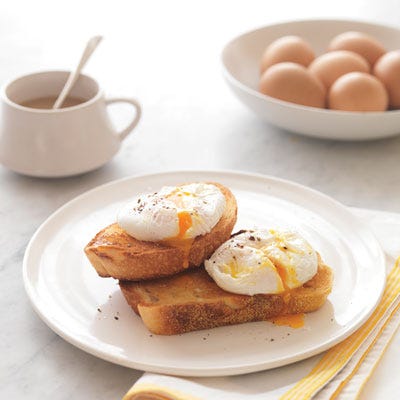
Poached Eggs

There are plenty of gadgets out there to streamline the poaching process, but you don't need to buy any of them. Make sure to add a splash of white vinegar to your pot of boiling water before creating a vortex of water with a spoon. Crack one egg into a shallow dish and gently slide it into the middle of the vortex of water. The biggest challenge? Staying calm when it looks like everything is going wrong. Relax, and let it do its thing. Not feeling ready just yet? Watch this video of how to poach eggs so you can see the technique before trying it at home.
Perfect your technique with this recipe for Poached Eggs (pictured), then enjoy adding gooey poached eggs to dishes like Poached Eggs Parmesan and Spinach Salad with Bacon and Egg.
Rack of Lamb
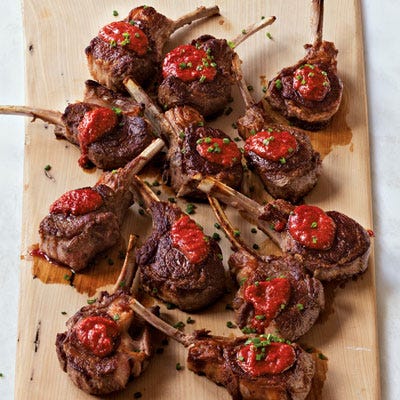
The only stumbling block in this rather straight-forward technique is removing the silver skin, a layer of white connective tissue that sits on the meat on a rack of lamb (and a variety of other meats). It will be tough and gristly if cooked on the rack, so removing it is imperative. Work slowly, removing the silver skin in thin strips, angling your knife toward the membrane. Sacrificing a little meat is ok; it's better than leaving the membrane on. If you're cooking the lamb in the oven, cover the tips of the bones with foil (or those fancy caps) so they don't char.
Anne Burrell's recipe for Rack of Lamb with Harissa (pictured) is a good place to start if you prefer working on the stove. For an oven-roasted rack, try Cherry-and-Port-Glazed Rack of Lamb.
Soufflé
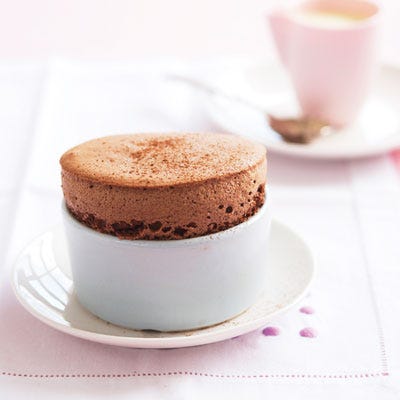
Perfecting egg whites' role in souffles is crucial and might take some trial and error. The egg whites must be folded very carefully into the mixture. Use a wide-rimmed bowl so folding is easier, and employ a whisk, spatula, or large metal spoon for the folding. Some cooks like to fold a small amount of the egg white (about a quarter) through the flavored, more solid mixture first to "let the mixture down" a little. Fold in the remaining egg whites in one or two batches, depending on the quantity. Experiment a little to determine what works best for you and your soufflés. It will be well worth the effort!
When it comes to soufflé, you can't beat the classics. For dessert, a standard Chocolate Soufflé (pictured) will wow your guests, but savory soufflés are just as delicious. Rich cheese balances out the airy texture in Spinach and Gruyere Soufflé.
Gnocchi
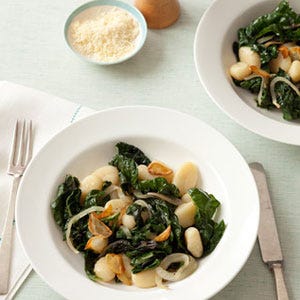
Traditional homemade gnocchi (little Italian dumplings) are made with just potato, flour, egg, and salt. The trick here is to be sure not to work the dough too much or the gnocchi will be tough. You should stop working the dough when the ingredients are just combined and the dough is a little sticky. Always in a rush during the week? Gnocchi freeze well, so you can make a batch over the weekend when you have the time.
Master the traditional Homemade Potato Gnocchi and swap them into recipes that call for packaged gnocchi, like Gnocchi with Sautéed Swiss Chard (pictured), to instantly upgrade your dinner.
Risotto
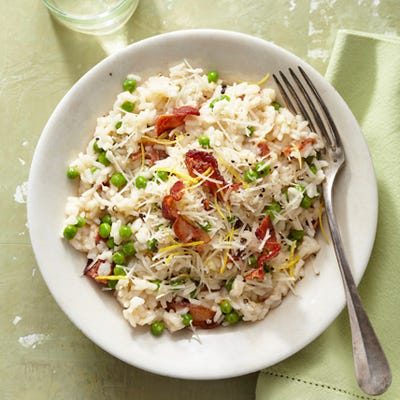
Risotto is a dish that has everything going for it — creaminess, lusciousness, comfort — but there are lots of things that can go wrong. To make sure your risotto cooks evenly, don't add chilled broth or cook it in too wide of a pot (the pot should fit perfectly over your burner). Texture is just as important as temperature when it comes to this classic comfort food. Don't over cook it — risotto should be al dente, not mushy. To help it generate creaminess, stir often but not constantly.
If you're not quite up to the whole cooking process, but need a risotto fix, try Easy Bacon and Pea Risotto (pictured), a microwave-friendly, 35-minute version that's perfect in a bind. Ready to take the plunge? Top Risotto al Balsamico with a generous dusting of Parmigiano-Reggiano for a simply elegant meal.
Truffles
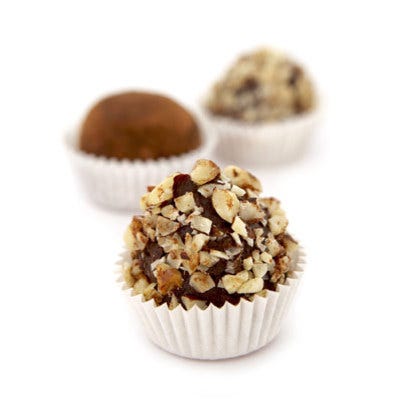
First of all, quality, quality, quality. If you're making truffles at home, invest in some good chocolate (55 percent cocoa solids or higher). Although many of the steps in truffle-making can be done in a food processor, that doesn't mean they should. For the best product, get ready to chop and stir by hand. Stirring by hand ensures you have a better view and feel of the consistency of the chocolate, so your ganache is as smooth as possible and doesn't get overworked. When your ganache is done, refrigeration is required. The ganache should be quite firm so it can stand up to being handled as you shape and cover the truffles. (Check out our step-by-step picture guide to chocolate ganache.)
Truffles that aren't dipped in chocolate are just as delicious as their dipped counterparts. Try liqueur-spiked Amaretto Truffles (pictured) or use your ganache in decadent Pecan Pie Truffles.
Scallops
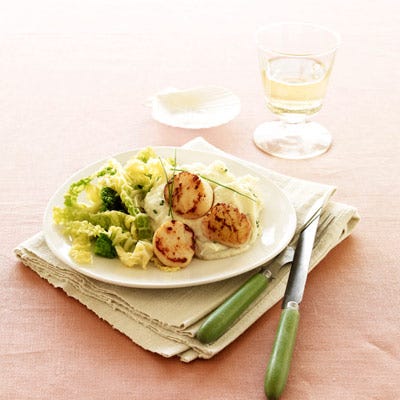
Stop waiting until you're at a restaurant to order seared scallops! The fear surrounding preparing scallops at home is completely overblown. Scallops cook quickly and absorb flavors easily, meaning very minimal work for you. The key here is patience. You want to keep cooking one side for 2 to 3 full minutes to get the hallmark golden-brown sear before flipping them in the pan. Once that's done, you're just minutes away from a seriously elegant meal.
Fresh scallops don't need much seasoning. Try them with just salt in a simple dish like Scallops and Parsnip Puree (pictured). Or go bold with Curry Scallops and Cilantro Rice.
Crème Brûlée
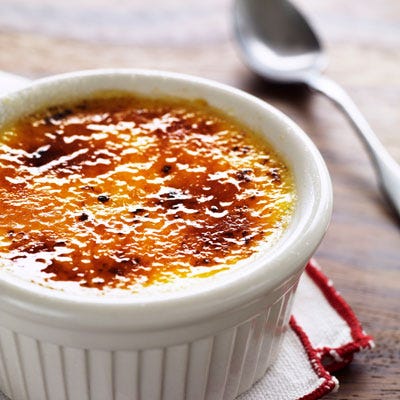
It's true: the torch is the best way. That might mean buying another kitchen gadget, but you can find proper kitchen torches for just $20-$40. The creme can actually be made ahead of time and refrigerated until you're ready to serve. When you're ready to add that delicious and playful sugar crust, pick which sugar you're going to use (some people use caster sugar for the smaller grains, but other sugars like demerara get a deep, toffee flavor you might want to look into) and torch away. No, the fire department will not be called. Make sure your sugar is even before you start the torch so your desserts will have a uniform crust.
Try your hand at the time-tested classic Vanilla Crème Brûlée (pictured), or go for a Lemon Crème Brûlée Tart, a fusion dessert that takes the torched top of crème brûlée and combines it with lemon curd tart.
Whole Roasted Fish
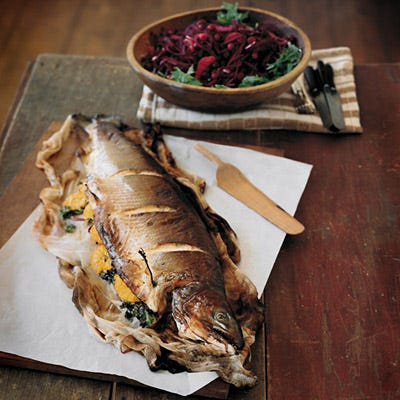
There are several advantages to choosing whole rather than filleted fish — it's one of the cheapest cuts you can get at the grocery store, and it will really impress your guests at your next dinner party. There are a few secrets to success: First, place the salmon on cheesecloth before roasting so it will be easy to transport from pan to platter. Also, deglaze the pan before removing the fish: Pour a small amount of wine into the hot pan to loosen any part of the salmon skin that might stick. It really is that easy.
The oven does most of the work for Whole Roasted Salmon with Orange Butter Glaze (pictured), and the sauce requires just two ingredients, making it a perfect first-attempt recipe. Up to a more complicated sauce? Try Whole Roasted Snapper with Parsley Vinaigrette. The oven still does most of the work with the fish, giving you plenty of time to whip up the lovely homemade sauce.
Hollandaise Sauce
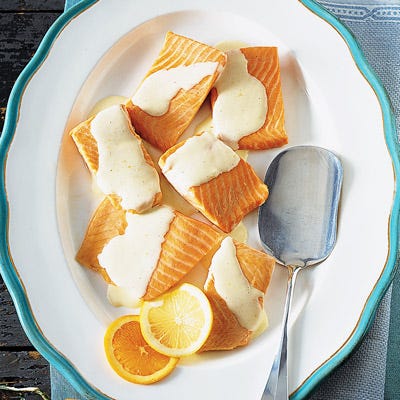
Hollandaise does so much more than top eggs, so it's a great recipe to confidently have on hand for your next brunch or dinner party. The key to a perfectly creamy hollandaise is to add the butter in a slow and steady stream, whether you're whisking or blending. This allows the fat particles to distribute and suspend in the mixture (called an emulsion). You can keep it warm in a heatproof bowl set over a pan of simmering water, stirring occasionally, but for no more than an hour. If you can, serve it immediately.
Basic Hollandaise Sauce can top fish (like the whole roasted salmon), vegetables, or eggs and can be spiked with different spices or juice, like in Salmon with Tangerine-Lemon Hollandaise Sauce (pictured).
Macarons
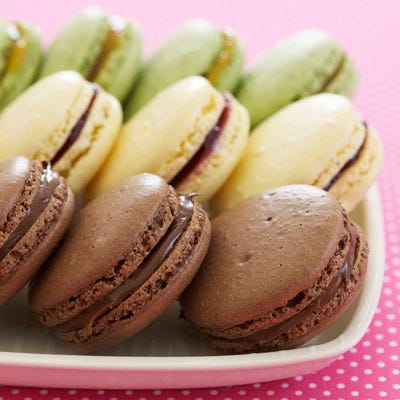
We have to warn you, your first batch probably won't be perfect. Macarons are sensitive pastries that are affected by humidity and every slight temperature change. Some things to remember: use gel coloring instead of liquid as the liquid can affect the consistency; let your piped macarons dry (sit out before baking) to help prevent cracking; and make sure you're using an oven thermometer that sits in the oven with your macarons, not the gauge on your oven. The French are pastry masters, so don't be upset if your first round is a little cracked; they'll still taste delicious.
Try a classic combo that doesn't require gel coloring, like Chocolate-Hazelnut Macarons (pictured), if you're just starting out. Macarons are not above the dessert hybrid trend! Try S'mores Macarons for a simultaneously elegant and childish treat.
Artichoke
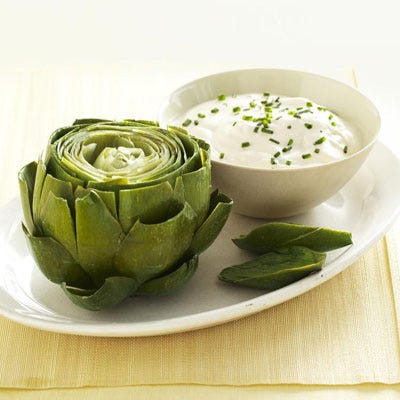
With a couple of easy prep steps, fresh artichokes are ready to boil, steam, grill, or fry. Make sure you're selecting artichokes with closed leaves for maximum freshness. Once you have them home, rinse between the leaves to get rid of any grit that can linger. Trim off the top 1 to 1 1/2 inches of the artichoke and cut any sharp points off lower leaves. You can trim the stem a bit, but it's edible, so don't chop it off entirely. All that's left is deciding how you want to cook them.
Artichoke and lemon is a classic pairing that shines in a simple recipe like Artichokes with Creamy Lemon Sauce (pictured). Artichokes are elegant enough for parties, too. Try Grilled Artichokes with Harissa-Honey Dip and watch your guests flock to the snack table.
